Crepe satin: what kind of fabric, characteristics and application

With a smooth surface and an even unobtrusive shine on the outside and fine-grained, pleasant to the touch from the inside - it is for these qualities that crepe satin has been immensely popular among designers and fashionistas for more than a decade.
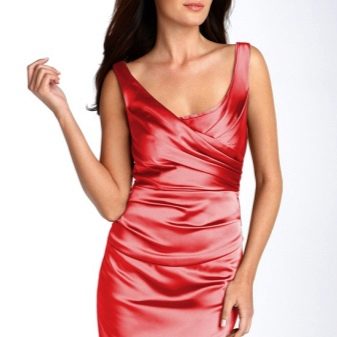

Composition and features
The material got its double name due to the fact that it looks like satin, but is made by fine-patterned weaving, characteristic of crepe. Distinctive features of the fabric are the predominance of weft threads in it (3-4 by 1-2 main) and different thicknesses of the weft fibers. It is the last factor that makes the fabric smooth and shiny on the outside and rough on the inside. In this case, you can use both the one and the other side, depending on the effect that you want to get.
Other characteristic features of crepe satin include:
- strength;
- almost completely opaque;
- no stretching.
The elasticity of the material makes it easy to drape it into absolutely any folds.
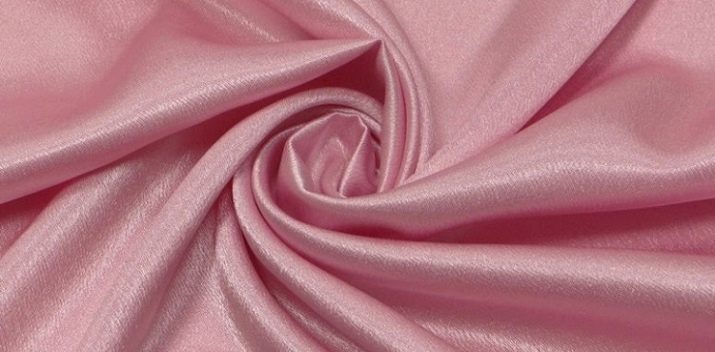
Varieties
Initially, only natural silk was used as raw material for crepe satin. But recently, rather expensive silk has been replaced by synthetic or semi-synthetic fibers. Therefore, modern crepe satin can be made both from natural silk threads and from polyester, viscose, cellulose or acetate silk.
Crepe-satin can also differ in the method of staining. In this category, one can distinguish between plain dyed material (monochromatic) and printed material with a pattern. The color palette of the former ranges from delicate pastel tones to bright, saturated colors. The print of the printed material can be very diverse: from small and large peas to a check, a strip or any printed pattern.


Advantages
Due to its characteristics, crepe satin has a number of positive qualities, including:
- the possibility of sewing combined clothing from it;
- ease of draping parts without additional bends and kinks;
- softness and comfort of garments made from this fabric;
- wear resistance of the material.
In addition, crepe satin products:
- keep their shape well;
- do not fade or fade over time;
- iron well and practically do not wrinkle when worn.
At the same time, crepe-satin products have moisture-repellent properties, and dust does not accumulate on them.


disadvantages
Listing the advantages of the fabric, it is worth paying attention to those characteristics that relate to its shortcomings.
- Free flow of material when cutting and sewing.
- "Slippery" that interferes with fabric handling. Because of it, the material is often skewed, which makes it very difficult to stitch together individual crepe-satin parts.
- The tendency to form clues (puffs) when handled carelessly.
The fabric made of artificial fibers has additional disadvantages. Its main drawback is considered to be the inability to "breathe", which is why the wearer of crepe-satin clothes may experience discomfort and even irritation on the skin. In addition, artificial material has a negative property common to all synthetics - it accumulates static electricity.

Scope of application
Decorativeness and positive qualities of crepe satin give a wide scope for imagination and allow you to use it for various purposes, for example, for sewing:
- stage costumes;
- clothes;
- bed linen;
- home wardrobe items;
- curtains;
- bedspreads and covers for sofas and armchairs.


Most often, the material is used for the manufacture of dresses, skirts, blouses, light suits. At the same time, the richness of the color palette allows you to sew clothes both for everyday wear in the office and for especially special occasions (evening and wedding dresses). In the latter case, crepe satin is combined with lace and decorated with drapery. Soft folds and flowing fabric fit perfectly on any figure, highlighting its strengths and hiding flaws.
Bed linen made of crepe satin, in turn, not only decorates the bed, but also gives a feeling of softness and coolness, allows you to relax. Also crepe satin is widely used in decorating various restaurants, hotels, banquet halls, theater foyers. Its presence allows not only to decorate the interior, but also to make it richer and more noble. In addition, crepe satin is used for the manufacture of all kinds of accessories, in particular, for fitting ladies' shoes and handbags, and sometimes it can be found as a lining fabric or a cover for clothes.


Selection rules
If you are going to buy a piece of crepe satin or finished products from this fabric, you should focus not only on the description of the material, but also on some of the nuances. So, in order not to acquire something that is not at all necessary, it is necessary to pay attention to the following factors.
- Crepe satin - a fairly dense material. To test the proposed fabric, just stretch it and look through it into the light. High-quality material practically does not shine through. In the same way, you can check finished products made from this fabric.
- Strong smell. If the fabric smells unpleasant, this may indicate that cheap, low-quality dyes were used to dye it. In this case, it is better to refuse to buy, since the use of such substances can not only affect the quality of the material (it can fade or burn out), but also health (act as an irritant on the skin).
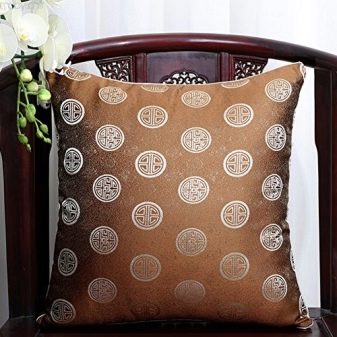

- Price. Real crepe satin made from natural silk cannot be cheap. A material made of artificial fibers will cost much less, but high-quality synthetic fabric has its own price range, which cannot be called very cheap.If crepe satin is sold at completely bargain prices, then this is either a completely different material, or a product of unscrupulous manufacturers who use low-grade fibers of unknown origin as raw materials.
It is worth noting that high-quality synthetics are in no way inferior to natural material in most of their characteristics, therefore, if there is no fundamental difference, you can also purchase products made of synthetic crepe-satin. They will look no worse, and they will last no less than real silk.

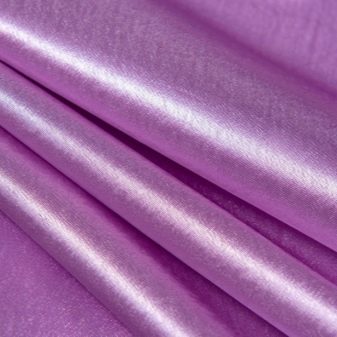
Material care
Caring for crepe satin products does not require much time and effort. However, in order for the fabric to retain its beautiful and rich appearance as long as possible, it is still worth remembering some of the nuances.
- Wash things made of this material by hand in warm (30-40 ° C) water. Machine wash is allowed in the "delicate" mode with a minimum spin.
- The garments do not rub or pull during washing.
- The use of whitening and stain removers is prohibited.
- Wash crepe-satin products with mild detergents (for delicate fabrics). Gels work best for this.
- After washing, the products are not twisted, but easily squeezed out and simply allowed to drain.

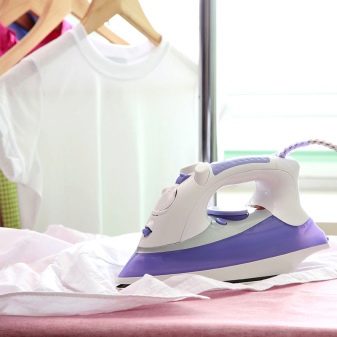
- For drying, crepe satin items are straightened and hung on a hanger. Under natural conditions, the fabric dries quickly.
- The crepe satin can be ironed if necessary. But they do it from the inside, setting the iron regulator to "silk". In this case, it is best to iron things before they are completely dry. If the item is dry, you can use a slightly damp iron. It is not recommended to spray water directly onto crepe-satin products, as water stains the fabric.
- In addition, when wearing products made of this material, it is necessary to protect them from contact with sharp objects that can leave puffs. For the same reasons, do not hang crepe-satin items next to clothes that have zippers or metal jewelry.
In the next video, you can take a closer look at the crepe satin fabric.








